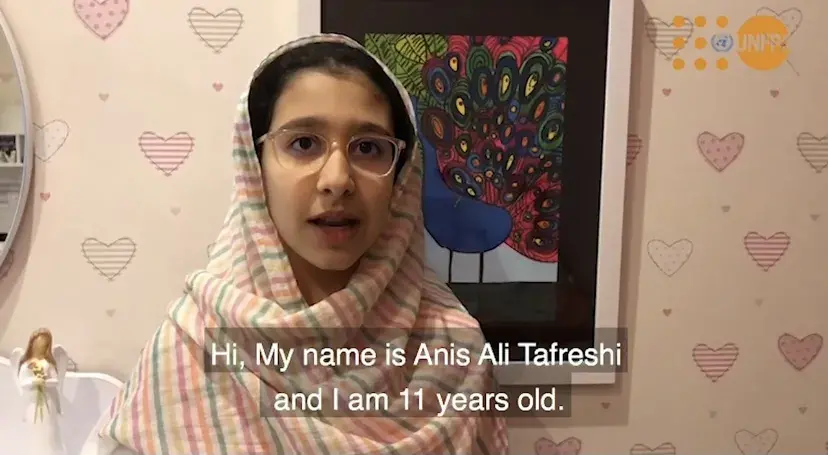Despite significant improvement in women’s educational attainment, their economic participation requires further improvement. Prior to the COVID-19 pandemic, the economic participation rate for women fell to 13.7 percent in the second quarter of 2021, compared to 68.5 percent for men. Nearly 54.3 percent of young women aged 15-24 years are in education, employment, or training, compared to 80.9 percent of young men. According to the 2016 census, 13 percent of households were headed by women, an increase from 8 percent in 1996. The age distribution of female-headed households shows that almost half were over the age of 60; these households are headed by women who are widowed or separated from their spouses. Female-headed households, including women in low-income households and people with disabilities, are particularly vulnerable to poverty and its effects on health and well-being, due to the insufficiency of economic opportunities and their financial dependence.
UNFPA supports its key partners, the Ministry of Cooperatives, Labor and Social Welfare, and the Ministry of Health and Medical Education in the area of socio-economic empowerment of women and girls. This is done mainly by supporting the generation of evidence to scale up the provision of social welfare services for poor women living in vulnerable situations; providing technical assistance to national partners to establish a user-friendly information-provision mechanism for the poor and women with vulnerabilities and empowering female-headed households through targeted training on life, entrepreneurial, and vocational skills.





